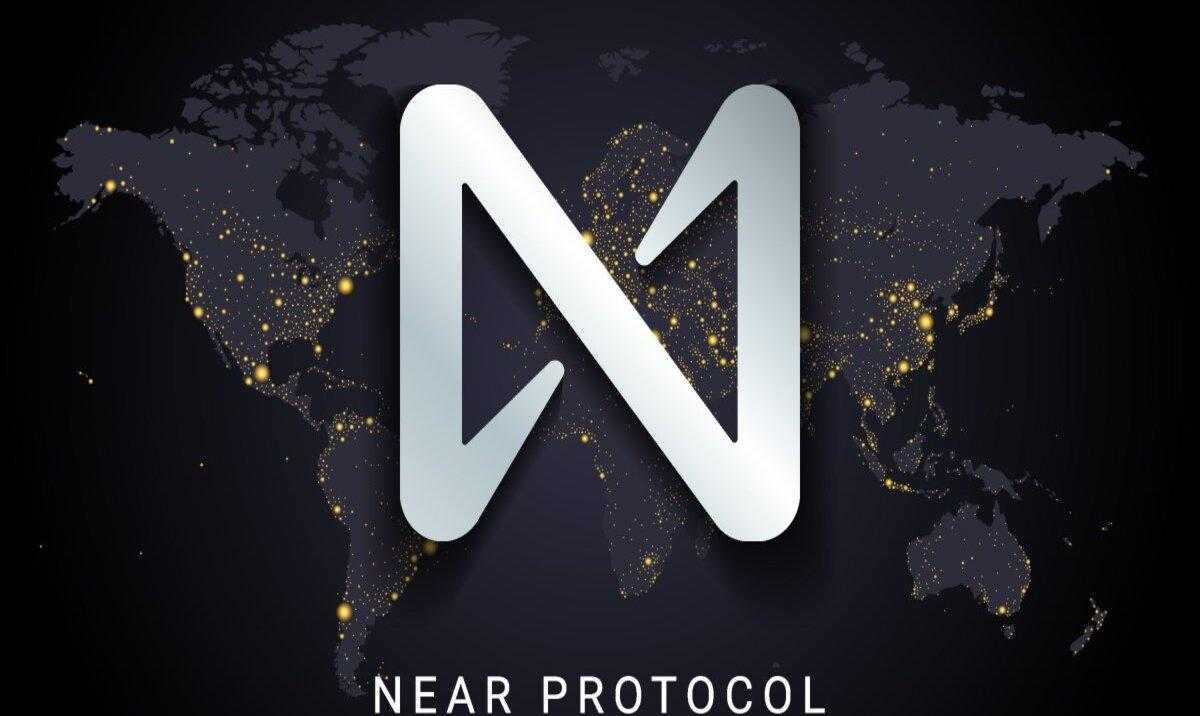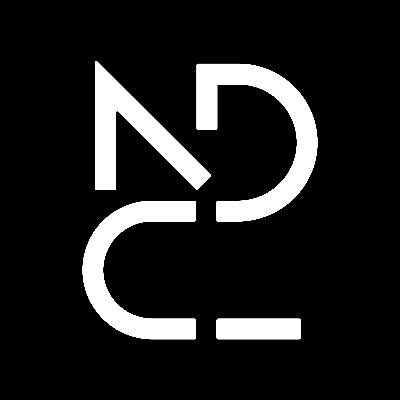NDC Profile Challenge
On-chain sleuths help us and the NEAR Foundation profile the candidates for the upcoming NDC Elections. Look at the following: How active are these wallets? What assets are they holding? Which NFTs? Which projects are they interacting with? Are they using bridges or CEXs? Any other insights that would be interesting for the development of the NEAR Digital Collective Try to portray the potential future stewards of the NEAR ecosystem!

What Is NEAR Protocol (NEAR)?
- NEAR Protocol is a layer-one blockchain that was designed as a community-run cloud computing platform and that eliminates some of the limitations that have been bogging competing blockchains, such as low transaction speeds, low throughput and poor interoperability. This provides the ideal environment for DApps and creates a developer and user-friendly platform. For instance, NEAR uses human-readable account names, unlike the cryptographic wallet addresses common to Ethereum. NEAR also introduces unique solutions to scaling problems and has its own consensus mechanism called “Doomslug" Link.

What Is NDC?
- The NEAR Digital Collective (NDC), the largest decentralization effort on any layer 1 blockchain, has spent much of 2023 designing a number of frameworks that will allow any member of the NEAR Protocol network to have a say in how NEAR is run. NDC’s goal is to combine transparency, collective decision making, evolving governance models, and self-determination in a completely new way Link.
What are the key dates to remember for the NDC election?
- July 19, 15:00:00 UTC — Start date for candidacy submissions on BOS
- September 7, 23:59:59 UTC — Deadline for candidacy submissions
- September 8, 00:00:00 UTC — Voting begins at Near APAC in Vietnam
- September 22, 23:59:59 UTC — Voting ends Link.
Methodology
The foundation of this dashboard is rooted in an in-depth exploration of the Nominator's Decision Committee (NDC) within the Near network. The aim is to unravel the intricacies of this system, providing comprehensive insights into its functioning, user engagement, and overall dynamics. Through a systematic approach, this methodology unveils the multifaceted aspects of the NDC and its associated components.
Dashboard Structure: This dashboard comprises three distinct sectors, each meticulously designed to dissect and illuminate various facets of the NDC ecosystem. These sectors encompass General Data, NFTs, and User Behavior, with the intention of providing a holistic understanding of the NDC's operations.
Sector 1 - General Data: The first sector is dedicated to presenting an overarching view of the NDC's fundamental data. This encompasses key metrics such as the Total Number of Nominate Transactions and Nominators. These metrics act as crucial touchpoints, offering insights into the level of activity and engagement within the NDC. By contextualizing these data points, a comprehensive understanding of the NDC's vitality and interaction patterns can be garnered.
Sector 2 - NFTs: In the second sector, a magnifying glass is placed on the NFTs (Non-Fungible Tokens) that populate the NDC ecosystem. This entails an investigation into the diversity, distribution, and popularity of various NFT types within the NDC. Through this lens, the methodology aims to shed light on user preferences, their interaction with NFTs, and potential trends within the NFT landscape.
Sector 3 - User Behavior: The third sector delves into the dynamic realm of user behavior within the Near network, focusing on those engaged with the NDC. By examining user activity, patterns, and preferences, this sector seeks to provide a comprehensive understanding of how users navigate the Near network. The exploration encompasses aspects such as transaction frequency, token usage, and potential correlations with NDC participation.
Data Collection and Analysis: The data necessary for this analysis will be sourced from relevant blockchain data, transaction records, and user engagement metrics within the Near network. Through meticulous data collection and analysis, a comprehensive overview of the NDC ecosystem will be crafted. Statistical tools and visualizations will aid in presenting the findings in an intuitive and insightful manner.
Summary
The comprehensive investigation into the (NDC) election reveals a dynamic landscape of user engagement and preferences within the Near network. A total of 57 users have embraced the opportunity to participate as candidates, fostering a steady stream of nominations at an average rate of two per day. Notably, heightened activity was observed on August 18th and 22nd, witnessing four daily nomination transactions. This surge underscores the significance of these dates, indicative of a robust engagement and enthusiasm surrounding the NDC election.
Delving into the users' NFT preferences, distinct patterns emerge. The OG NFT type emerges as a popular choice, garnering substantial transaction volume due to its historical significance and authenticity. Conversely, the Proof of Kudos type records comparatively fewer transactions, suggesting it might not be as widely favored. The Fractal and Registry types stand out as high-engagement categories, attributed to both their transaction counts and user bases. In contrast, the Community Type exhibits lower user engagement, possibly due to niche content or audience focus.
Analyzing users' activity on the Near network, it's evident they maintain an active presence with approximately 282k transactions, averaging around 4.9k per day. This dynamic involvement indicates their familiarity and comfort within the ecosystem. With an average wallet age of two years, these users exhibit seasoned expertise in navigating the Near network.
Monthly trends reveal a peak in July, signaling specific triggers for heightened activity. The consistent upward trend in monthly transactions underscores their sustained preference for the Near network. Among label preferences, the 'Education' label and the 'Near Crowd' dApp stand out, highlighting their eagerness to learn and engage in community-oriented interactions.
Their token preferences align with strategic choices, such as 'wNear', indicating a value for stability and utility. Engaging with both centralized exchanges and bridge protocols showcases their versatility in navigating different facets of the blockchain landscape. 'USDT.e' emerges as a favored token for bridging, reflecting their strategic asset selection.